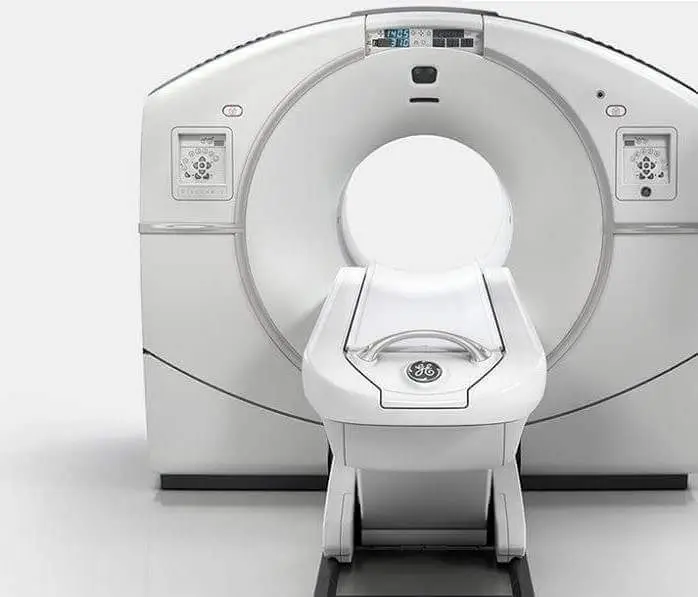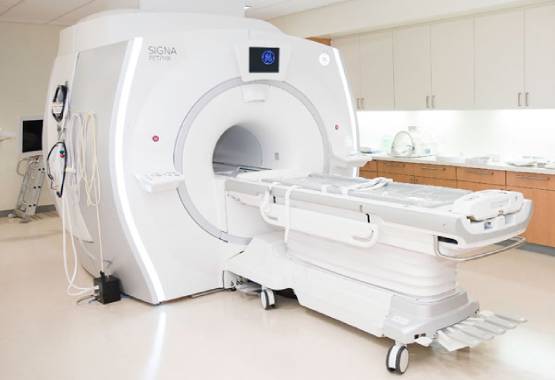Best Diagnostic Center in Chandigarh for All Medical Imaging Needs
As the leading diagnostic imaging center in Chandigarh, we provide comprehensive radiology services including MRI, CT Scan, PET-CT, Ultrasound, X-ray, Echocardiography, ECG, and EEG. Our state-of-the-art facilities are equipped with the latest diagnostic technology to deliver accurate results for patients across Chandigarh, Mohali, and Panchkula.
Why Choose Our Diagnostic Services in Chandigarh?
- Advanced technology with 1.5T and 3.0T MRI scanners
- Most affordable rates for all diagnostic tests in Chandigarh Tricity
- Same-day reporting by specialized radiologists
- Conveniently located centers across Chandigarh
- Complimentary pick and drop services for patients
- Open 7 days a week including holidays
Visit our centers in Sector 34, Sector 22, or Sector 17 Chandigarh for the best diagnostic experience. Book your appointment today for high-quality, affordable diagnostic services in Chandigarh.
If you are rigorously surfing the net to find an exact answer to how long a CT or Computed Tomography Urogram can take, perhaps, you are likely to get varied answers and not a definite one! Why so?
Well,
First and foremost, you must understand that any imaging studies, irrespective of the modality, have an estimated time to get done. It depends on a lot of factors.
And,
The most crucial marker in this regard is what type of scan it is; and what the process involves. Do you know what a CT urogram is and how it works? If not, this blog post of mine can help shed some light!
A Brief Note On CT Urogram!
A CT urogram (also called urography) is one of the nuclear imaging tests that looks into the structural and functioning aspects of your urinary system and thereby identifies abnormalities, if any! This is a type of CT modality where several X-ray beams lay used to produce multiple-angled pictures of your urinary organs, namely, – 1) Kidneys, 2) Bladder, 3) Renal Pelvis, 4) Ureter, and 5) Urethra.
Of course, a CT urogram is a non-invasive process. It means you do not have to experience any wear and tear to your body. As a result, there won’t be any pain. Just like other CT scans, a CT urogram takes place in radiology centers, clinics, and hospitals on an outpatient basis!
Doctors typically prescribe a CT urogram for patients with symptoms like –
- Frequent urination,
- Pain during urination,
- Change in the color of urine, or
- Presence of blood in the urine, accompanied by
- Persistent pain in the pelvis area!
CT urogram is far more accurate than traditional X-rays. It is because the particular imaging modality offers visuals in the form of thin slices, be it of your urinary organs, muscles, bones, or blood vessels, thus, making it easier for your doctors to interpret the scan results!
Purpose Of CT Urogram: What Can The Scan Detect?
Doctors use a CT urogram technique for myriads of pursuits, and they are as follows.
- With the help of this scan, doctors measure the size, shape, and other characteristics of your urinary organs.
- The scan helps doctors evaluate how well your urinary organs are functioning and trace whether there lay a hidden abnormality, such as –
- Stones,
- Cysts,
- Polyps,
- Fibroids,
- Tumors,
- Cancers,
- Injuries,
- Infections,
- Inflammations,
- Structural defects,
- Organ damage, and
- Organ failure.
- Doctors also use a CT urogram to spot the exact location of the abnormality and its extent.
- CT urogram is beneficial after a treatment course too! It helps doctors monitor how a treatment course works for you.
- For instance, if you have kidney stones and have been receiving oral medications to shrink them, your doctor may ask for this scan to see whether the stones still exist.
- Besides, your doctor may recommend a CT urogram, as a part of routine checkups, especially in case of tumors, to see if there’s a recurrence or relapse.
Factors Determining How Long A CT Urogram Takes: Note Please!
Let us now come to the factors determining how long a CT urogram can take! Here, I have to say, there lay several determining factors, and the most prominent ones are the following!
The CT Scanner In Use
Indeed, the machine used for your scan makes a difference in the time the screening shall require! Most radiology labs these days use state-of-the-art technologies. In such cases, the scan is quicker than that done via older machines.
The Disease Or Disorder You Have
Yes. The duration required to get a CT urogram depends on what exact disease or disorder you may have! In case of more complex and deep abnormalities, like a cancerous tumor growing near the pelvic muscles floor, the scan may require a bit longer in order to fetch a precise image of the disease. Likewise, for patients having smaller stones, whether in the bladder, kidney, or urethra, the urography takes more time. On the other hand, in the case of larger stones, easily detectable, the scan takes less time.
How Well You Cooperate During The Scan
Undoubtedly, a scanning process, even a CT urography, needs you to follow the given instructions so the radiologist can extract clear images! They may ask you to lie still in a definite position for a while. If you do not abide by these instructions, the scan may take longer than usual!
Whether You Pursue A Normal Scan Or A Contrast-Enhanced One
The overall time required for a CT urogram varies as per the type of scan you undertake – A contrast-enhanced scan; or without contrast. The contrast is basically a chemical dye that boosts the image clarity and needs administration intravenously into your veins. This additional step; of injecting the contrast dye and then waiting for it to get attached to your red blood cells takes more time than a without-contrast scan.
Whether You Have Side Effects After The Scan
Alas! CT urogram may bring side effects when enhanced with contrast administration, like – Fatigue, Nausea, Itchy skin, Redness in the skin, Swelling near the area of intervention, etc. Although they are not often and tend to disappear when no more dye remains in your body, the healthcare providers may ask you to wait for some more time before you leave the radiology lab or center, for that matter, to see if you are okay!
Final Words: How Long Does A CT Urogram Take? – A Subjective Comment To Make!
When it comes to how long a CT Urography takes, the most common answer would be 15 to 20 minutes. Some may say 90 minutes because their experience was a case of contrast-enhanced urography. Or maybe because disease detection was difficult!
In fact, there are even special cases of 5 to 10-minute CT urography appointments that people share when visiting an accredited radiology lab, where there’s no delay, the latest technologies are in place, no contrast administration, and no side effects!






